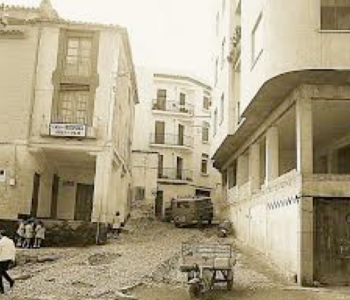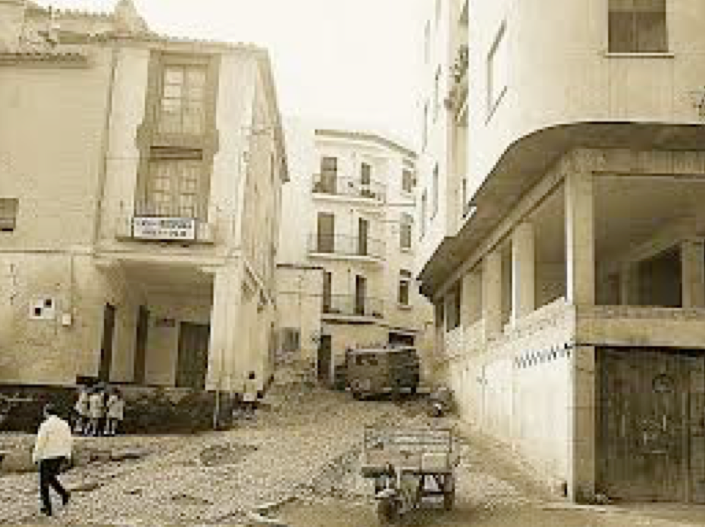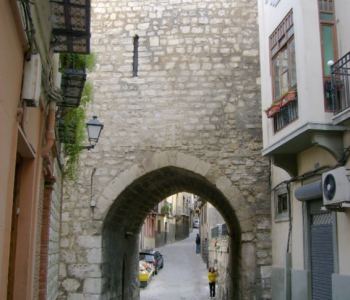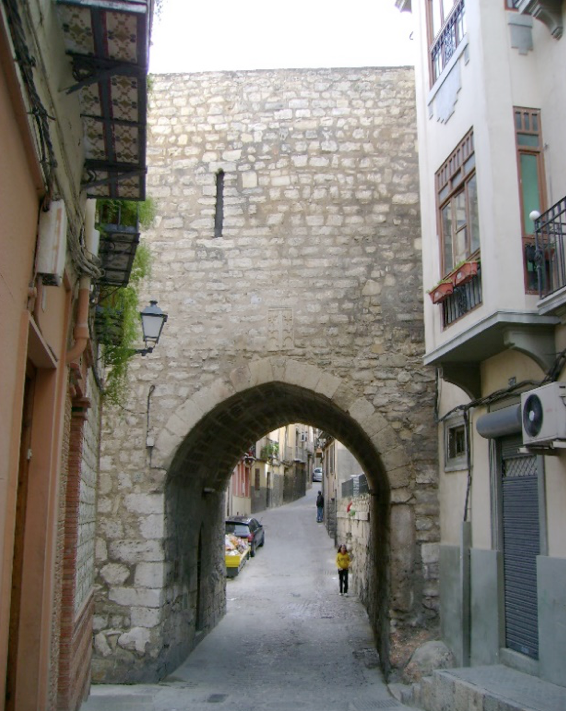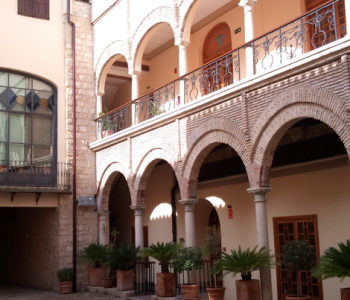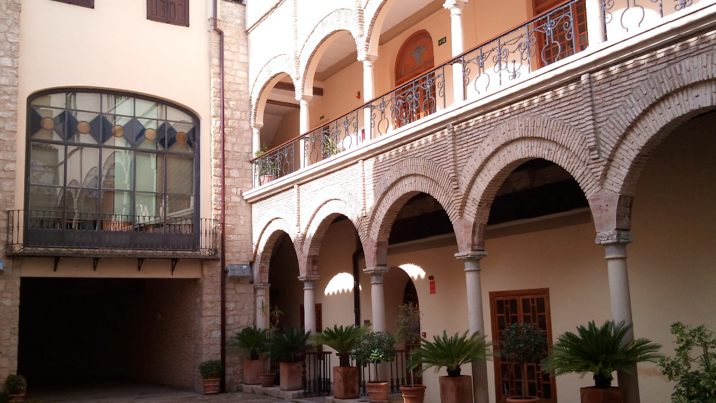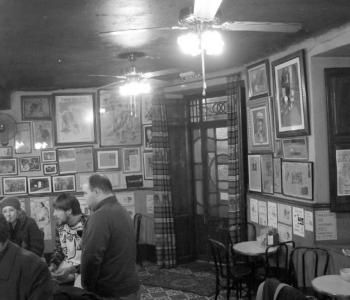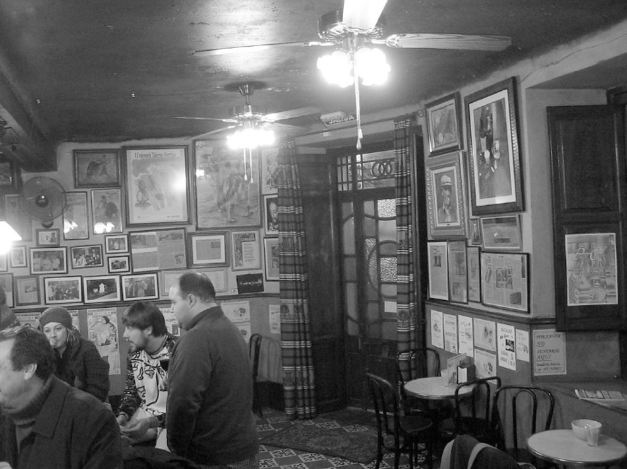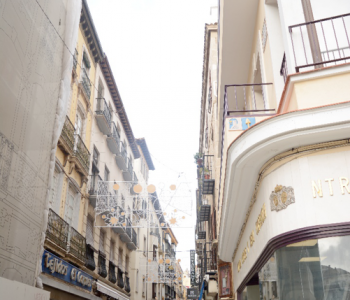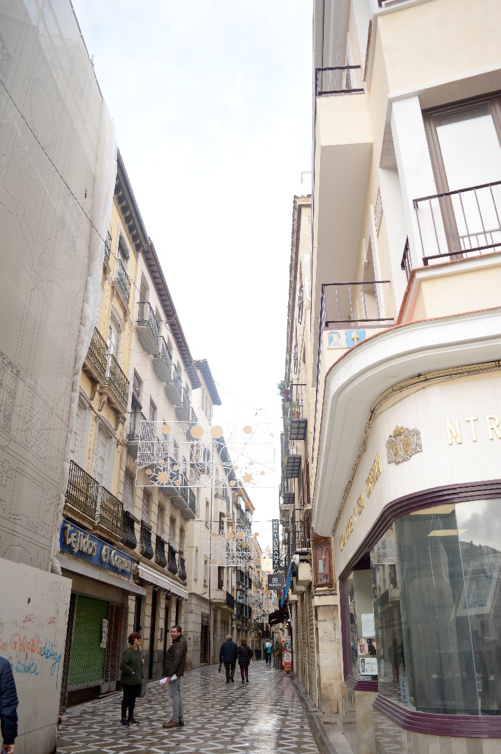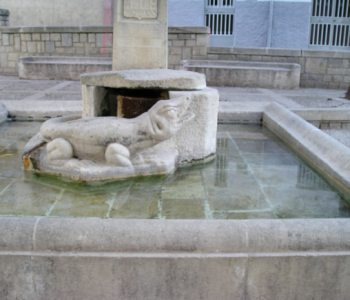
The lizard of La Malena
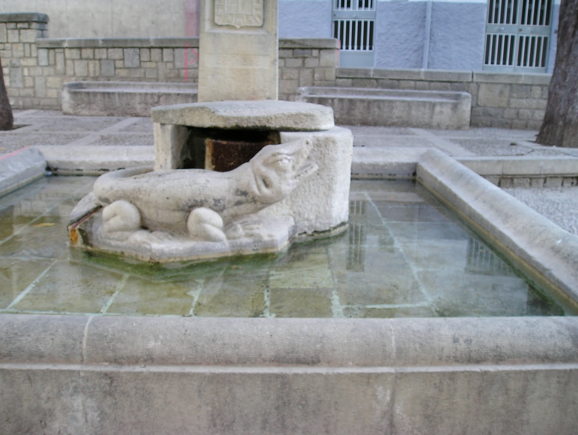
The Lizard of La Malena (decay for Magdalena, Jaén’s oldest neighborhood and where its mythical lair was located), is the most famous legend of the capital, possibly the most outstanding creation of popular literature.
The influence of this legend is such that the lizard has become a symbol of the city, being present in its urban space (statue of the lizard), concerts (Lagarto Rock), on the coat of arms of the Cabildo of the Cathedral, etc. So much so that the legend of the Lagarto de la Malena is one of the ten Treasures of the Intangible Cultural Heritage of Spain.
But who better than Juan Eslava Galán to tell us the story of the lizard:
(…) The hotel concierge told me the story: a monstrous lizard, bigger than a crocodile, lived in the Magdalena spring, in the center of medieval Jaén, and devoured people and herds. The population was so terrified that they began to emigrate. Then, a a convict sentenced to death offered to kill the monster if his life was spared. The authority agreed, released him and made the necessary means available to him, but he refused the weapons offered to him and only asked for a horse and a lamb.
He ate the lamb was eaten on the eve of the feat in the company of the prison chaplain.
(…) The next day, at daybreak, he got on his horse and headed for the spring. When he reached the edge of the stream he gave a few voices and, as soon as he saw the monster come out, he threw the lambskin stuffed with dry tinder, which he had previously lit. The lizard took it for a live lamb, swallowed it whole, the tinder scorched its entrails and burst open. (…) The Templars and the Table of Solomon. Chapter 1.


